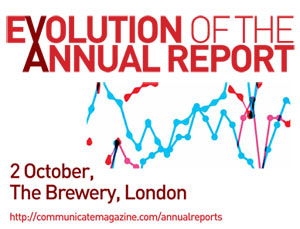A new report from the Aberdeen Group researchers–Talent Acquisition Strategies 2009: Cutting through the Clutter and Proactively Managing Quality Candidates—offers much to think about. In fact, there’s so much thought provocation that I’m going to walk through the topics in three posts, looking at some aspects of the Aberdeen findings and exploring some contrary/complementary ideas.
First, the background. The Aberdeen study, conducted between June and August, 2009, examines “the use, the experiences, and the intentions of more than 420 enterprises regarding their talent acquisition initiatives.” The largest percentage of respondents (36%) were HR managers, with directors coming in next (23%), and CEOs/VPs totaling 17%. Industries were represented fairly evenly, but a whopping 73% of responding companies were from North America, with Asia and Europe dividing 23%, and everywhere else providing just a sprinkle. About a third of responding companies were “small,” with annual revenues of $50 million or less, and fewer than 500 employees, with roughly another third mid-sized, and 27% humongous (billion-dollar plus, more than 5,000 employees).
Second, fair warning. If you want to view the whole report, you have until October 31 to access it via free registration. After that it becomes content for sale. (You can’t save or copy it, by the way, but you can print all or selected pages.) Quick note: Research reports have become quite expensive, which increases the value of the Aberdeen approach. In their model, sponsors underwrite access to reports for a limited time—and that means you have to pay attention to what’s available when–so you have to pay attention to Aberdeen. Rather clever . . .
Third, a strategy. The report is rather complex in its organization, and it uses a sort of proprietary framework for analysis. So it is not what I would call an “easy read.” If you do read it, try going through first with a focus on the raw data and second with an eye on the interpretations and advice. Make notes, use a highlighter, etc.—in short, treat it like a school assignment. This could be a worthwhile effort if the report is used to: (a) organize thinking about issues/opportunities in the identification and management of candidates, and (b) review gaps and accomplishments in your own organization.
Fourth (and finally), a preview. For the next post, I’ll get out my decoder ring and highlight some important points in the report. After that, I’ll offer a mildly contrarian response to some aspects of the report.
(Thanks to the bbp for opening the door with Number 1.)
Cynthia Giles has followed a serpentine career path from academia to publishing to marketing and design to information technology and corporate communications. There’s plenty of detail about this journey at www.cynthiagiles.com, but briefly--the common theme has been ideas, and how to present them effectively. Along the way, she became an accidental expert on data warehousing and business intelligence, and for the past ten years she has combined corporate contracting with an independent consulting practice that focuses on marketing strategy for smaller businesses and non-profits.
Having spent quite a bit of time looking for work, and anywhere from two weeks to two years inside a wide variety of American companies—she has given much thought to what works (and what doesn’t) when it comes to creating a great employment fit.


